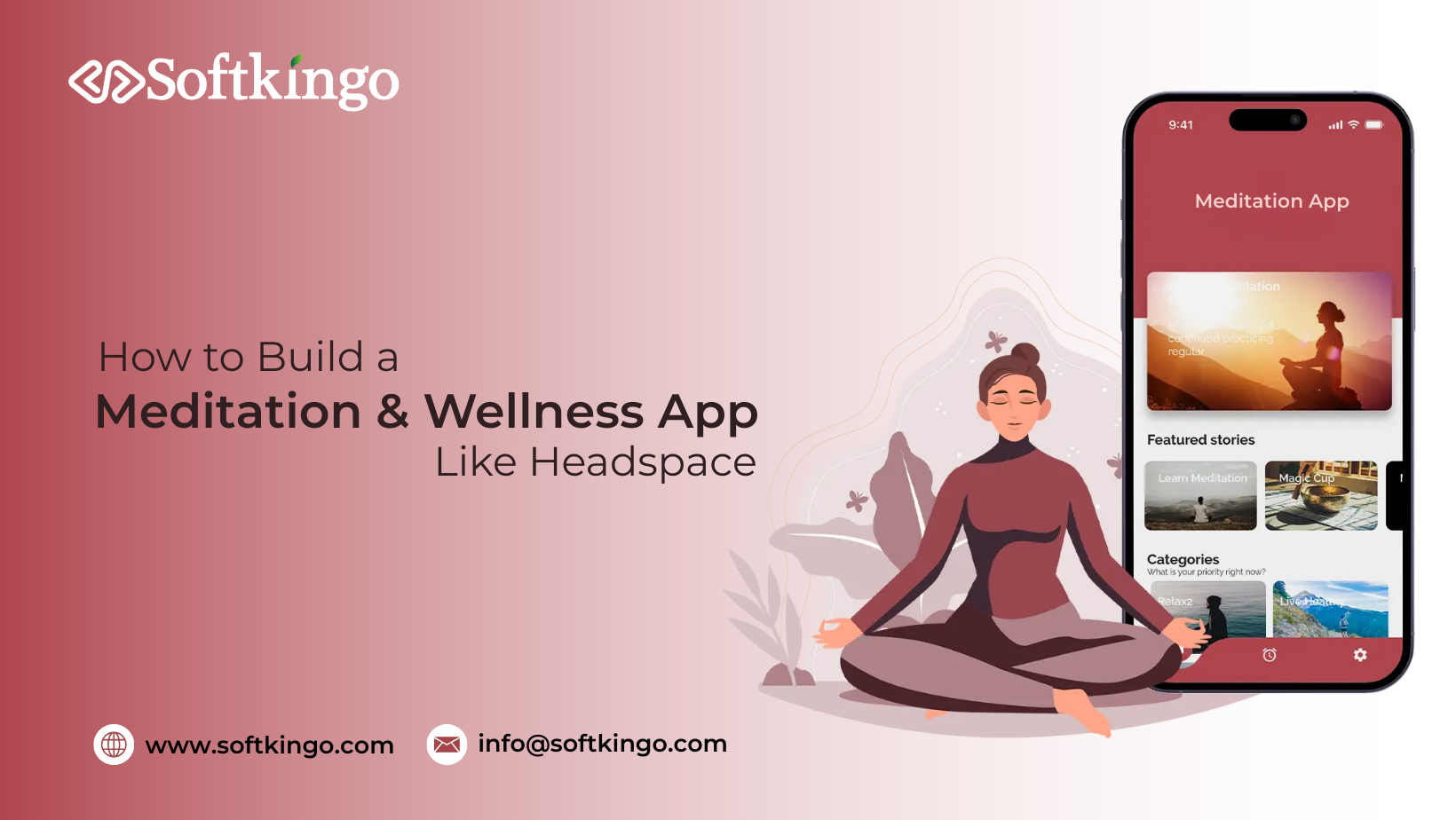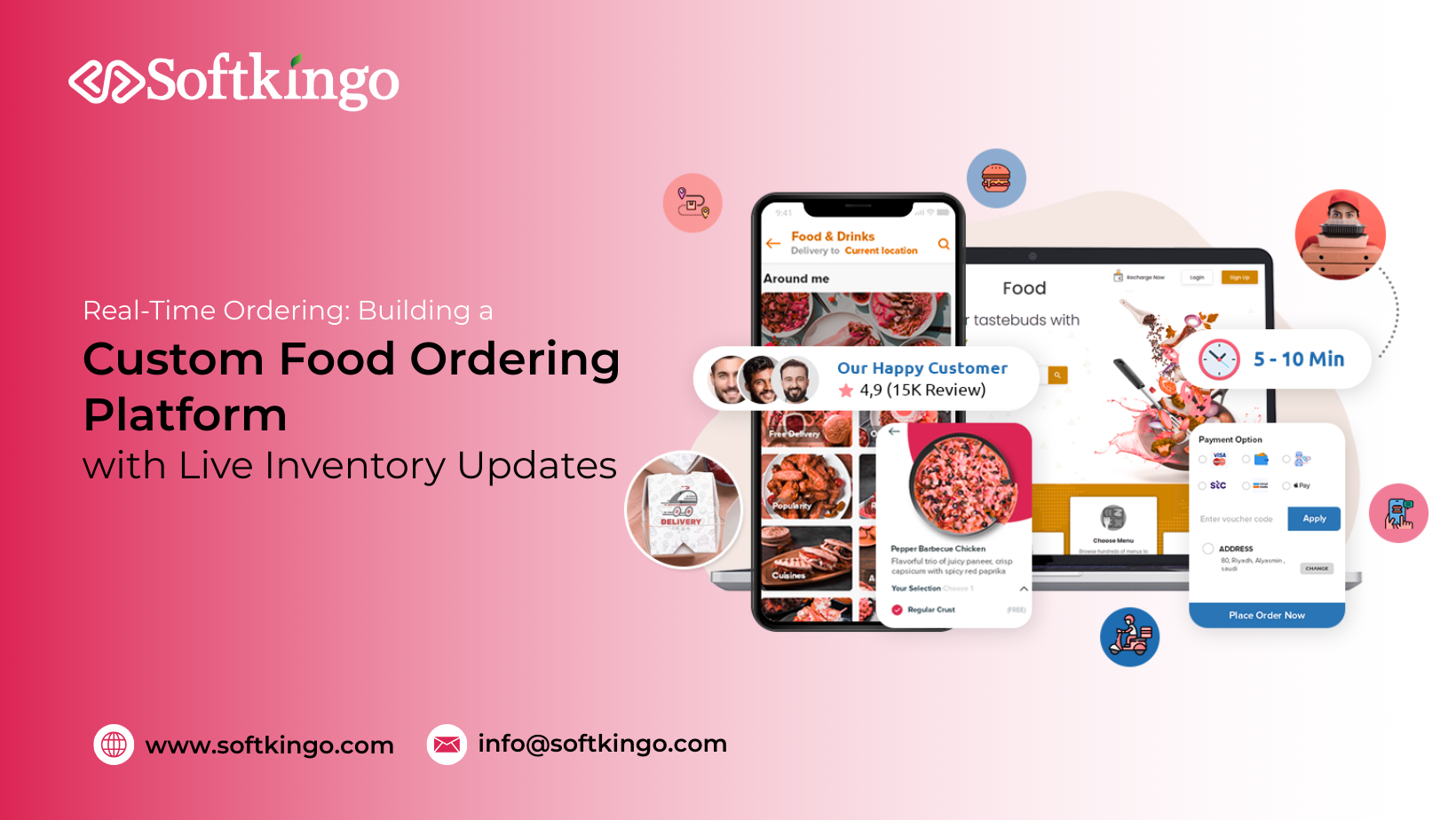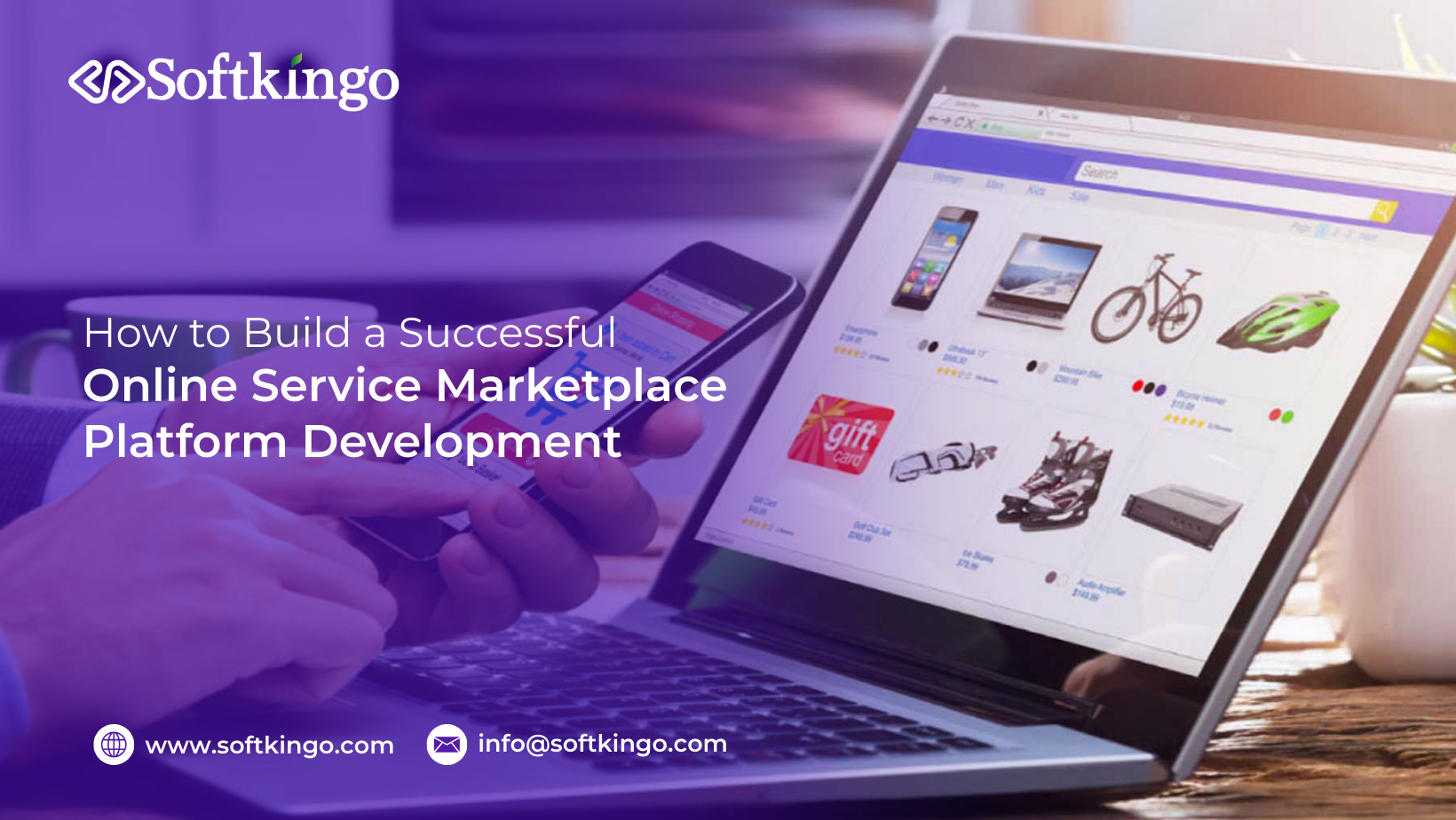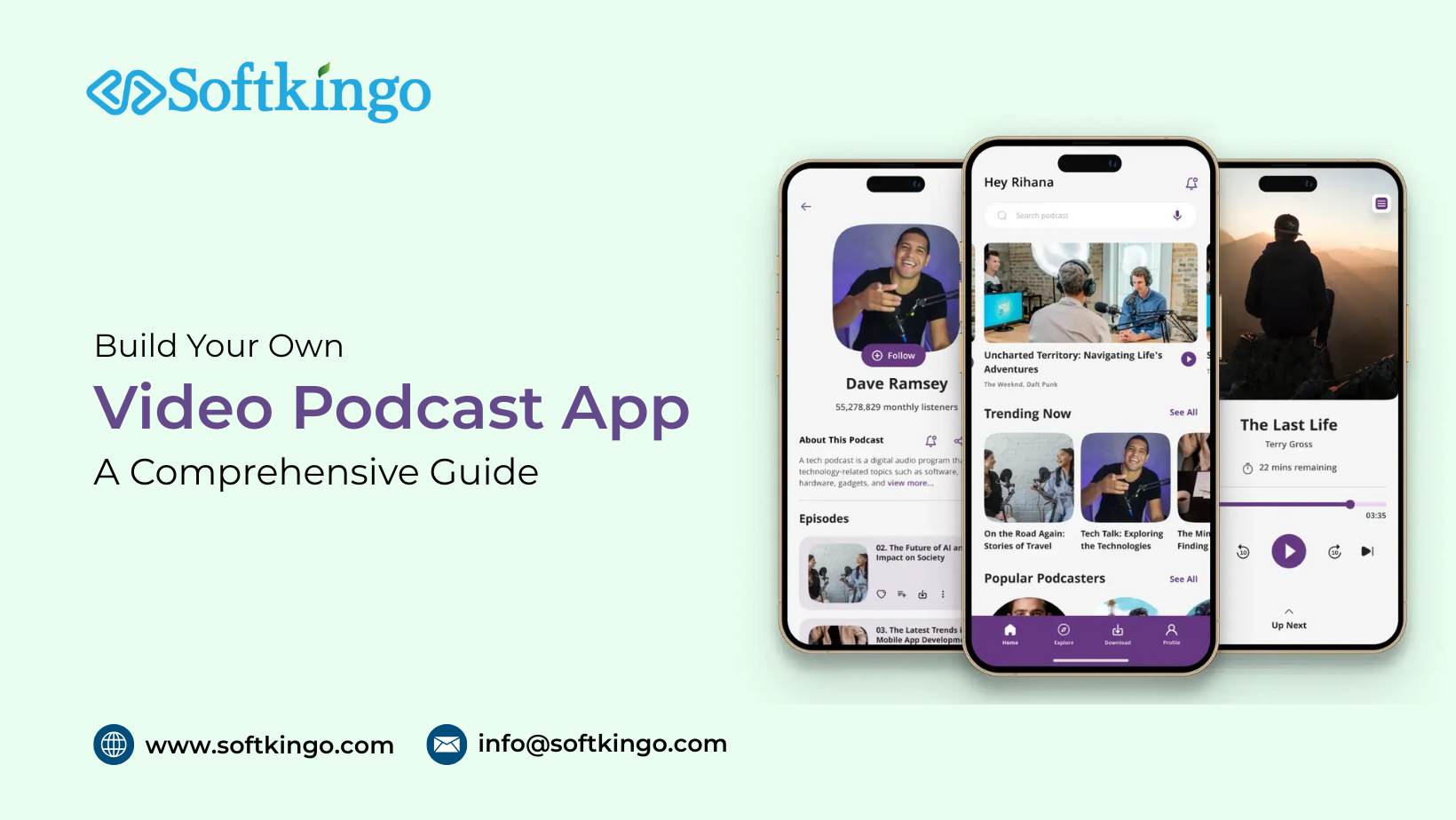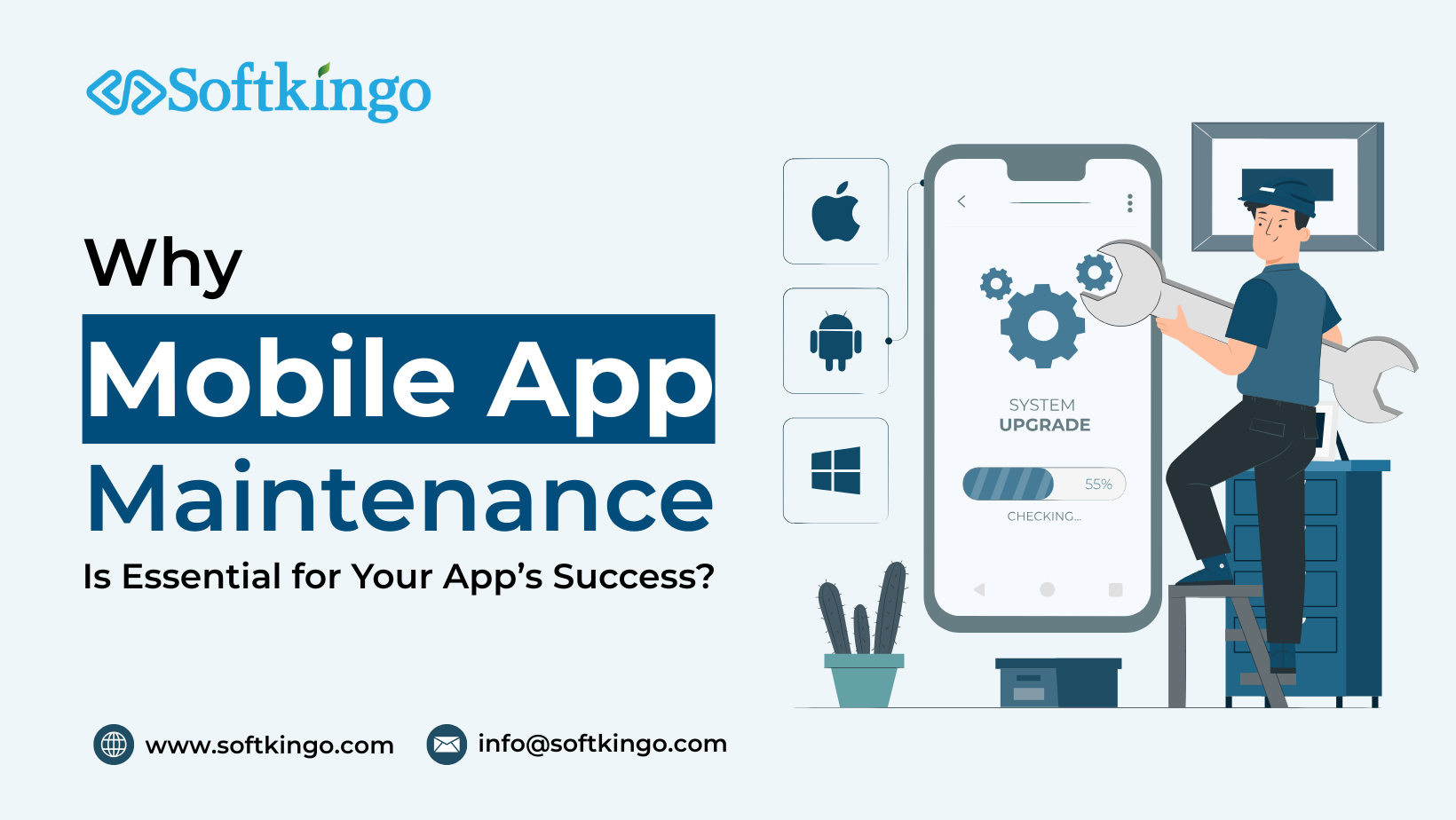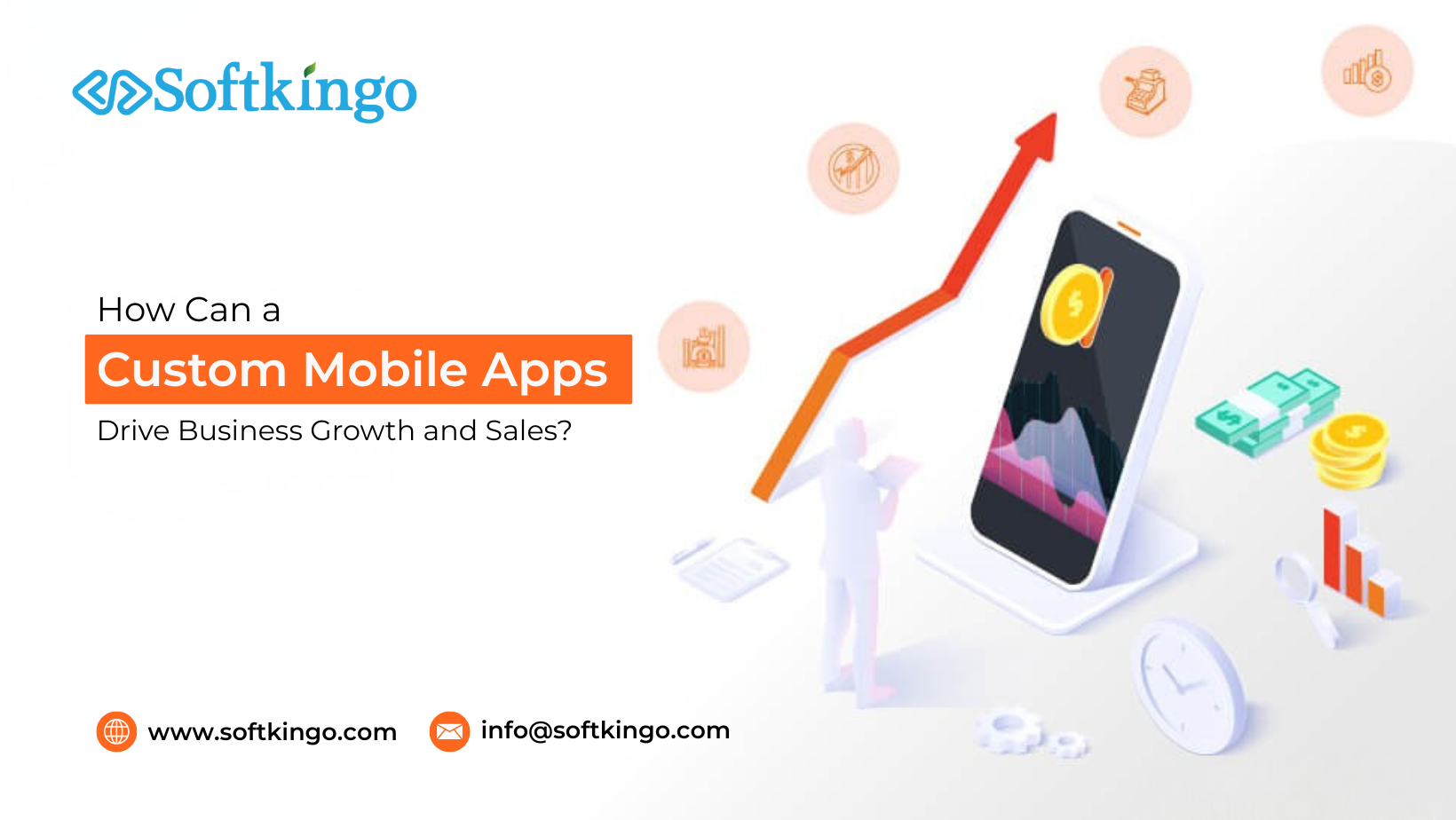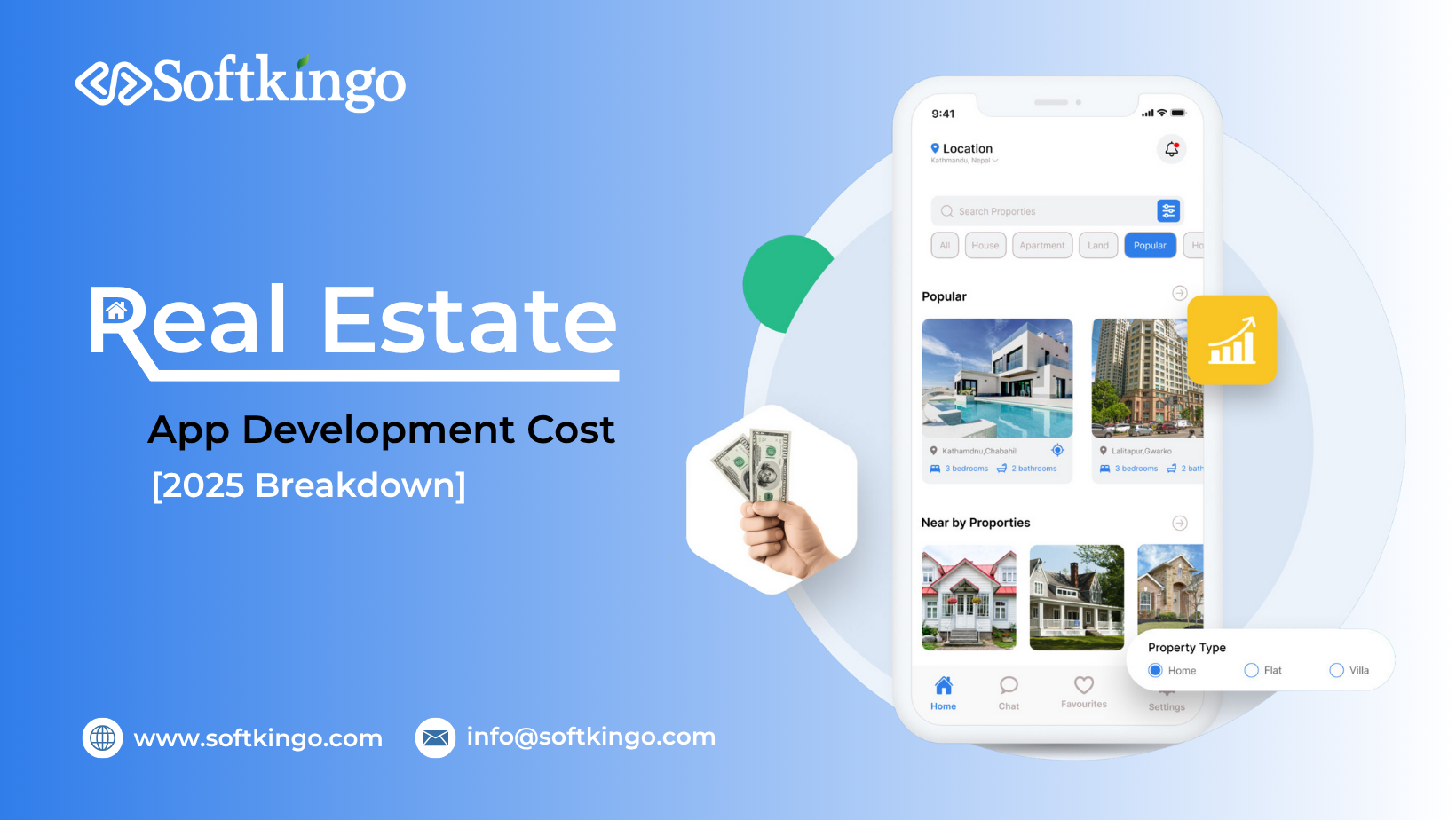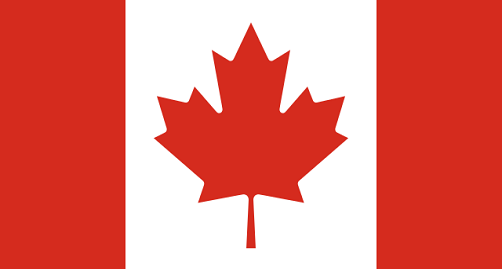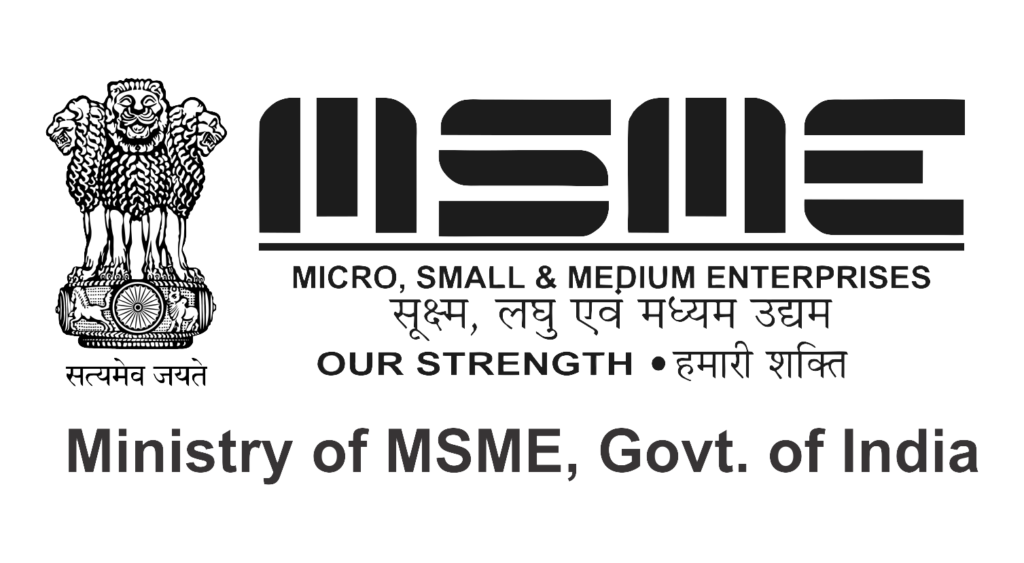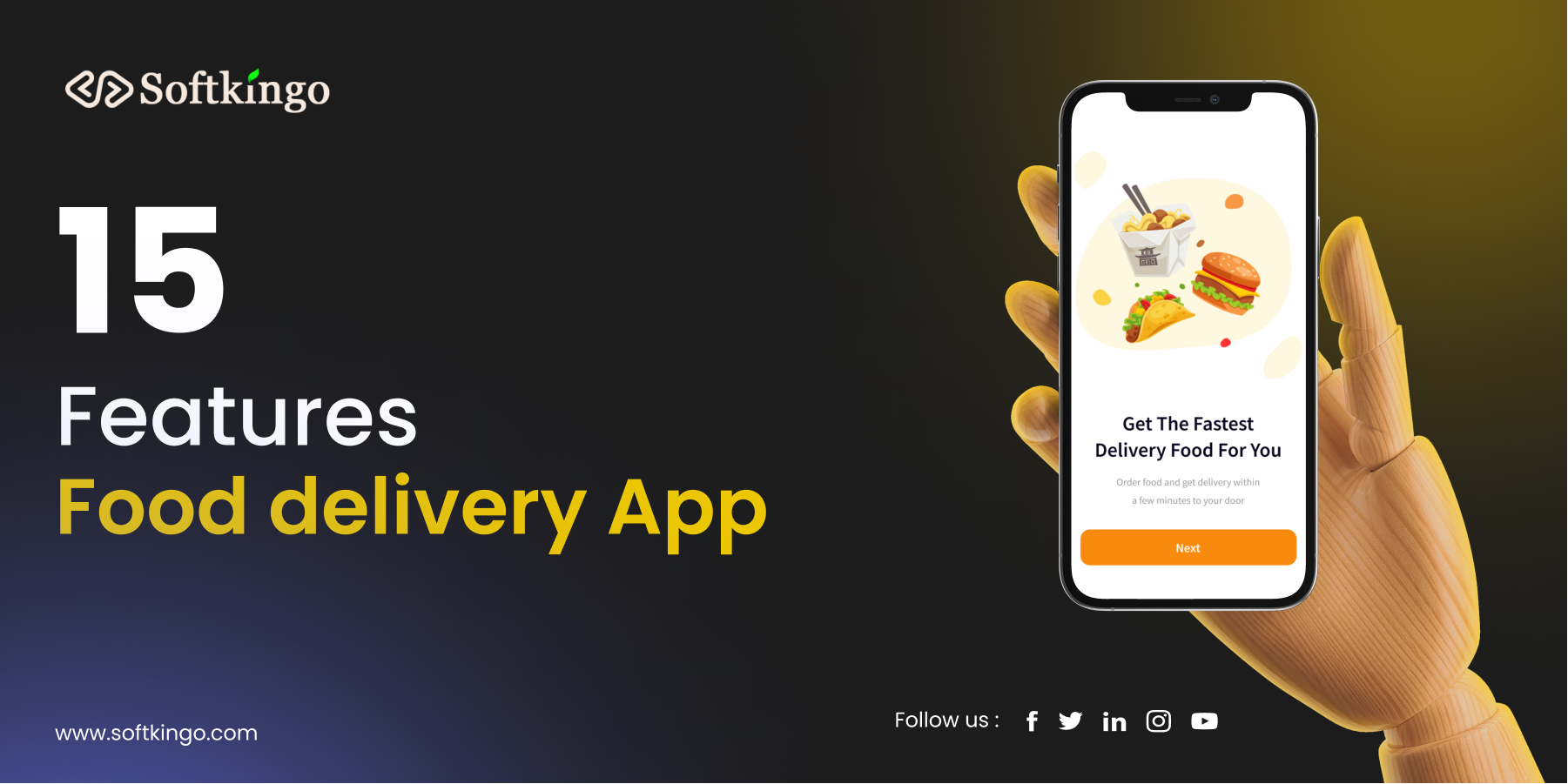
The industry of food delivery is one of the fastest-growing. This explosive growth is driven by the increasing client base for food delivery. According to Business of Apps, U.S food delivery apps had a user base of the 111 million mark in 2021 and are expected to continue to increase.
The new realities force restaurants to join forces with delivery services already in operation or even develop their apps for food delivery. It can lead to declines in sales or the losing business when they fail to adjust. The demand for food delivery services is increasing. Now is the ideal time to be an established player in the eyes of customers and restaurants by examining developing a food delivery application.
Steps before Creating Your Food Delivery App
There are some crucial actions to follow before starting in the process of development:
1. Keep up-to-date with market trends
Food delivery heavily depends on the latest trends. "hot" apps draw people with popular features. If you're not aware of these trends, you'll miss your chance to gain customers.
It is the first thing to consider what the customers want. What do customers today look for in apps that deliver food? Integration of social media, virtual assistants, and smartwatch connectivity are just a couple of areas worth considering.
2. Research Your Target Market
You're trying to design an application that can meet the requirements of your intended customers, so begin by understanding their requirements. The first step is to record your audience's demographics and prioritize factors such as gender, age, nationality, and income.
3. Identify Critical App Features
Each food delivery app has some basic functions that include login and registration. In particular, can customers sign in using social media? Search is an additional factor to consider. Other important options include ordering, payments, tracking orders reviews, ratings, and reviews.
4. Select Technologies for the Development
You'll require different technologies to perform different functions. For instance, if you plan to promote restaurants, Grubhub API and FourSquare API would be required. You can also think about the most popular payment gateways like Square API, Braintree, Stripe and PayPal to process and accept payments.
Also, you need technology that can identify the user's location within your food delivery application. Some options include Google Places API, the Core Location Framework and Google Maps.
Why are Food Delivery Apps Profitable?
As the digital age gets underway, businesses are moving to digital, making people's lives more efficient, quicker and more efficient. Nowadays, people have such little time for their day-to-day tasks that they look for quick answers for affordable prices at their doorstep.
Mobile apps that are on-demand thrive here due to their convenience. You can purchase everything you require with just a swipe of your phone for movies, taxis, hotel reservations, food and much more. It is why every business is investing in the development of mobile apps these days.
Do you plan to make a bet on developing an app for ordering food on demand? However, are you uncertain whether it's a wise investment? Below are some figures that can aid you in your decision-making:
- The entire revenue that a mobile app generated for the restaurant industry was $160 million in 2015.
- The eServices online food delivery sector Restaurant-to-Consumer delivery is predicted to generate $22,898.2 million in sales in 2023.
The Features in Food Delivery App that Every Restaurant App Should Include
After you've decided to develop a restaurant menu making app, the next step is to determine what features you want to add.
In this regard, we've created a list of 15 essential characteristics that a restaurant app needs to have to stand out among customers.
If you want to develop a top-quality application for your foodservice, it is essential to understand the basic elements of an on-demand food ordering application. Here are the most important 15 features of apps that deliver food.
If you want a professional food delivery app that contains all these Features, you can contact Softkingo. Softkingo is a certified business to develop mobile, web applications and digital marketing (SEO SEM, SMO). We have offices across the United States, Canada, and Australia, located in Noida, India. Our team consists of more than 80 + highly-trained skilled, knowledgeable and highly-motivated employees.
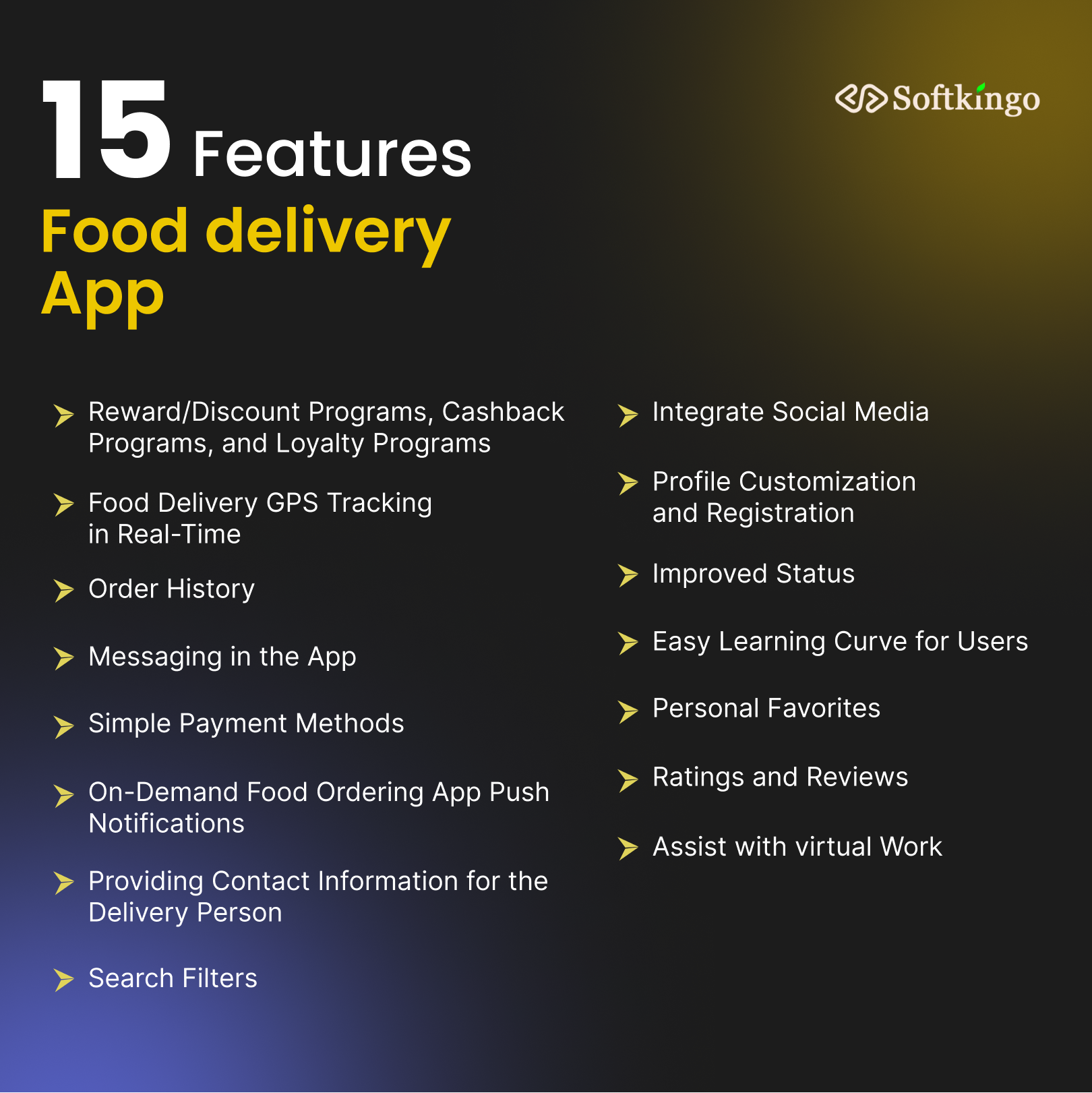
Reward/Discount Programs, Cashback Programs, and Loyalty Programs
Special deals and Coupons can be the best methods to draw new customers to your app for food delivery. To keep your customers engaged, you must offer frequent discounts.
If you want to earn customers' trust, It is more important to draw potential customers rather than increase the brand's visibility. It is the reason why big companies place greater importance on reward points. In line with this, Starbuck has seen an increase of 80 per cent in sales after introducing loyalty programs.
Food Delivery GPS Tracking in Real-Time
Customers can track the exact whereabouts of their food with real-time GPS that is one of the key attributes of apps for food delivery. The purpose of using GPS is to offer dual-channel tracking and operation. It assists in determining where the user is for the delivery of food. Users can track the location and status of delivery persons after the location has been verified.
Top meal delivery apps use it to offer the most amazing user experience. It means that Google Maps, MapKit, and Waze's Navigation are only three of the wonderful APIs to use for this function. Uber eats, for example, utilizes Google Maps for all of its platforms.
A fascinating informational point: Uber Eats became popular because of its real-time order tracking.
Order History
A list of items that could display on the screen used by the courier has not yet successfully been picked up by one or all couriers. The list of orders should display in default within a distance of 750 meters from the courier's current position. In addition to the specified time for delivery, the customer's address and contact details must include in the list of items.
Messaging in the App
In-app alerts are notifications that show up on the user's screen when the application runs. It can, therefore, appear in the shape of pop-ups or vibrant interstitials. However, they're all designed to give relevant or contextually-relevant information.
So, when using an app for couriers, the messenger feature is an essential feature to communicate with customers and clarify issues with the admin.
Simple Payment Methods
Payment integration is an integral part of any business from the viewpoint of the business's owner. Although it's the last step of placing an order, customers will never attempt the process again if they experience major or minor problems. So, a customer must have all the payment options available within the app for food delivery on demand for the payment process to be efficient and simple to utilize.
You can make use of any available payment gateway and mobile wallet applications, including Google Wallet, Apple Pay and iOS PayPal accounts, Mastercard, Credit/Debit Card, Internet Banking, and Cash On Delivery (COD) alternatives. A similar webpage can also use to offer discounts or promotional codes.
On-Demand Food Ordering App Push Notifications
With the explosion of online food ordering, It's normal to have multiple food delivery apps installed on your smartphone. Push notifications are the most effective way to increase exposure and keep ahead of your competitors. It helps businesses to stay on top of their customer's needs. The messages are used to provide various messages such as discounts, special deals and drop-offs based on location messages and other things.
Another aspect of being aware of when developing your food ordering app on demand is that the notifications you send out should offer value to the customers instead of just an opportunity to sell. Try to handle push notifications to aid in the rapid expansion of your application. Be sure to inform potential customers of special offers, discounts, and loyalty programs frequently. In this way, you'll be able to catch the attention of prospective customers and keep them engaged in this manner.
Providing Contact Information for the Delivery Person
Let's assume that the client has placed an order and has made a payment for it. You may want to give the customer the contact details of the delivery person. This way allows customers to reach the delivery person and keep track of their orders.
Search Filters
The customers will appreciate the ease and efficiency a sophisticated search function with a wide range of criteria can provide because you can locate the restaurant you'd like to visit through downloading a restaurant aggregator or ordering application. Therefore, customers should look for products delivered on time, distances, or the menus, which can vary depending on the location. When creating an app specific to one eatery or chain, there is more to consider.
Integrate Social Media
Inviting users to post photos and reviews of food they've enjoyed via social media as well as the app will assist you in gaining lots of organic publicity. It's a great way to gather feedback and also provides lots of data to you and your team on social media to use. It will allow clients to be attracted by the reviews and boost sales.
Profile Customization and Registration
The profile of the user is an information database. Prior orders and preferences based on order analytics and shipping addresses and stored locations, options for payment and much more could be stored in. So, the most requested aspect of the account is the simple access to the information.
Improved Status
The grades notify the courier about the specifications of the order. In this way, couriers can visit a restaurant and take the order to deliver it to the courier during this period.
The courier may alter the status of an order at any moment. Therefore, the client is immediately informed of any changes in status in the software whenever he alters the status of delivery.
Easy Learning Curve for Users
A food delivery app's main objective is to make money. Therefore, the shopping cart is naturally one of the most important tools to make sales in-app. The customer's online cart is an online site where they can place items to purchase. In the end, most customers prefer to shop online because it is simple and quick.
An online food delivery app needs an excellent user interface (UI) layout design.
Users must be able to explore and find the information they need quickly. In other words, if the interface is slow for it to open, this can impact users' experience. It should load all components in a short time.
Personal Favorites
Customers can pick the restaurants they prefer and their favorite dishes. The idea behind a "favorites" marking is that it makes it simpler for customers to locate their preferred foods, making ordering a breeze.
Ratings and Reviews
This feature allows customers to assess and rate other restaurants listed on the app based on the specified food. So, every company values its customers since they are the vitality of the business. Therefore, any type that provides feedback or a rating can be extremely beneficial to a business's comprehension of the disadvantages of their delivery software on demand.
It's a tried and true method to help companies understand what people think of their applications. In other words, if your app is rated highly, there's a great possibility that users will choose to use it.
Assist with virtual Work
The growth in AI technology has led to the creation of digital assistants. Customers can utilize messengers or a single word to buy their favorite items. Utilizing GrubHub, for instance, it has integrated Alexa, Amazon's virtual assistant, to enable customers to purchase any previous purchases. In addition, the virtual assistant gives a rough timetable for delivery for the purchase.
Paramhans Singh is the CEO and founder of Softkingo Technologies, bringing over 8 years of experience in delivering custom software solutions that help startups and enterprises achieve their business goals. He has successfully validated more than 220 app and website ideas and delivered over 100 tailored solutions, utilizing a range of technologies such as Swift, Kotlin, React Native, Flutter, PHP, RoR, IoT, AI, NFC, AR/VR, Blockchain, and NFTs.



